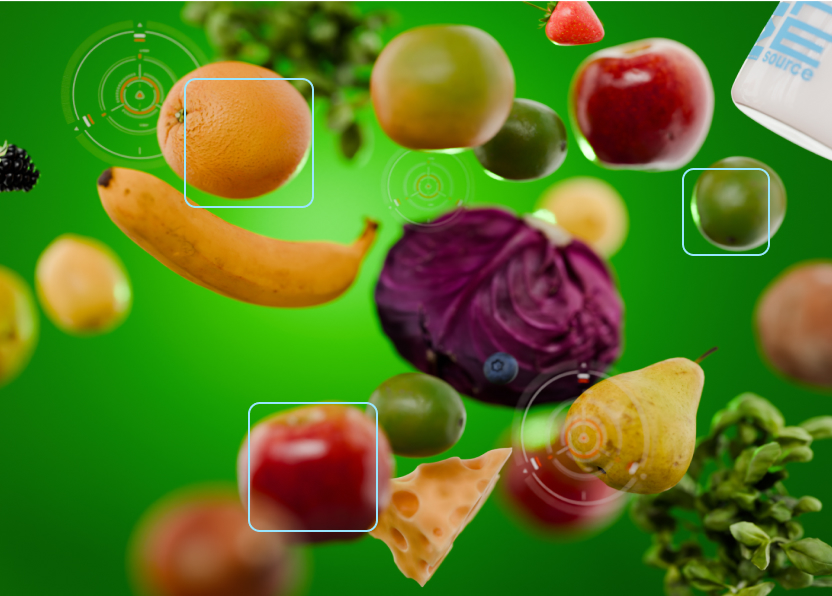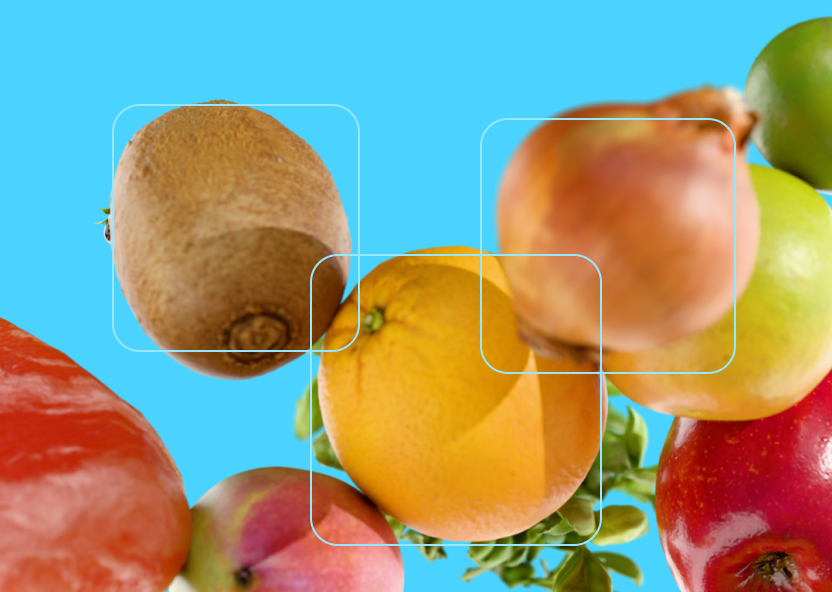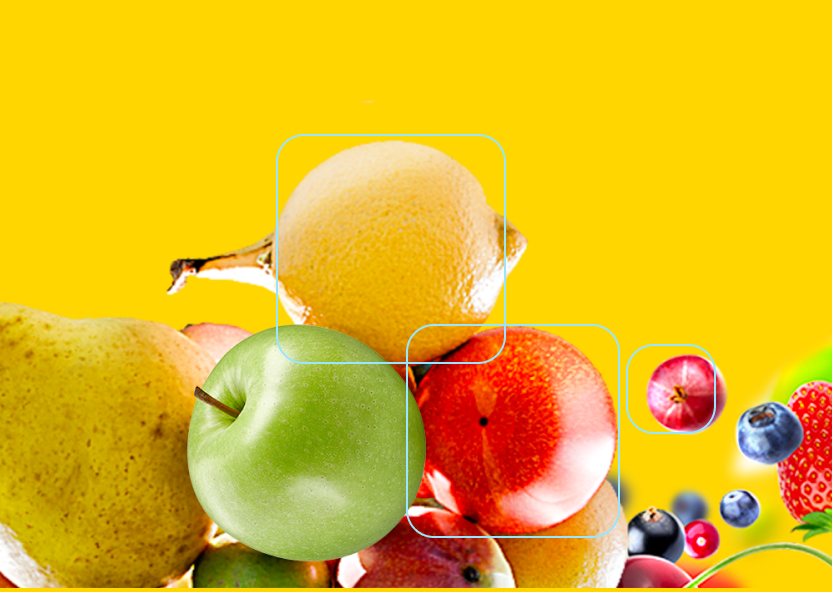The Biggest QC Pain Points in Fresh Produce – And How to Solve Them
- Quality Control App

Introduction
Consumers rate fresh produce as their top store selection criteria, making the handling of fresh produce a top priority for retailers. Studies show that up to 40% of fresh produce is wasted globally, often due to subjective quality definitions, inconsistent inspection processes, and rapid degradation of produce post-harvest. Clarifresh is tackling these challenges with advanced technology solutions that ensure better product consistency, improved traceability, and more efficient handling.
Section 1: The Top 5 Challenges in Fresh Produce Quality Control
Visual inspection is typically performed by trained operators who assess fresh produce for defects. While this manual process is relatively low-cost, it accounts for at least 11% of all food waste due to human errors, often caused by operator fatigue or distractions. Over time, this can result in overlooked defects or unnecessary rejections, leading to wasted produce.
Time-Consuming QC Processes
Pests and pathogens can affect produce along the supply chain. Delays in quality control processes create bottlenecks, slowing shipments and impacting freshness. Manual inspections and approvals can take hours or even days, causing spoilage and reducing sellable inventory. With fresh produce having a shelf life of just 10-14 days, delays and worker shortages worsen supply chain challenges.
- Limited Data for Decision-Making
With no standardized definition of “quality,” inspectors often rely on subjective interpretations shaped by cultural contexts. Quality is typically broken down into factors like taste, color, size, and shelf life, with varying standards such as Whole Foods’ “Responsibly Grown,” USDA GAP, and ISO 22000. As a result, quality inconsistencies persist, and companies are left reacting to problems instead of preventing them
- Varying Quality Standards Across the Supply Chain
External and internal quality elements differ across growers, wholesalers, retailers, and customers. Consumers often assess quality based on flavor or freshness (internal), while producers may view it as a marketing tool (external). Regulatory bodies prioritize data-driven measures, such as hygiene standards. Defining “quality” is a complex process with economic ramifications for everyone across the produce supply chain.
- Managing Shelf Life Predictions
Fruits and vegetables start degrading minutes after harvest due to respiration and transpiration, making fast delivery and effective control vital. Each produce type requires specific storage conditions, such as humidity, oxygen, and carbon dioxide levels. For example, storing potatoes at low temperatures (4–10°C) prevents mold but increases sugar content, making them sweeter. These challenges highlight the need for advanced monitoring systems to maintain freshness and reduce waste.
Section 2: How Automated QC Eliminates Slow & Inconsistent Inspections
Automated systems that use cameras and image processing software to inspect products can detect internal and external defects far faster and more accurately than human inspection can. Clarifresh’s technology uses advanced sensors and machine learning algorithms to automatically detect defects, such as bruising or discoloration, in fresh produce. For example, in a fruit packing facility, it can quickly scan each item for quality, ensuring only the best products are sent to stores. This precision helps meet consistent quality standards and reduces human error, ensuring that all products comply with strict retailer requirements.
Section 3: Why Real-Time Analytics Prevents Costly Misjudgments.
Real-time analytics offer instant insights into product quality, allowing businesses to identify issues early and avoid costly mistakes, such as rejected deliveries. For example, Sun Fresh International used Clarifresh to detect defects during packing, boosting inspection reliability from 65% to over 85% and addressing issues before they affected the entire shipment. This proactive approach reduces waste and leads to significant cost savings by catching problems early in production.
Section 4: Data-Backed Quality Insights for Better Decision-Making
Clarifresh’s system collects both external data (e.g., size, color, visible defects) and internal data (e.g., firmness, BRIX, pH levels). Analyzing this data helps users improve quality control, identify recurring issues, and optimize inspection methods. Historical data refines the QC process, while insights guide smarter decisions on pricing, distribution, and supplier management.
Section 5: Implementation and ROI
Implementing an automated quality control process, like Clarifresh’s, involves several steps, such as setting up the technology, training staff, and integrating it into existing processes. Results can usually be seen within a few months as the system starts catching defects early, leading to a significant return on investment. According to Roy Ortiz, Director of Technical at Dole Sunshine, “With Clarifresh’s AI-powered platform, we can conduct multiple inspections in a fraction of the time, ensuring only the highest quality pineapples reach store shelves.”
Conclusion
The fresh produce industry faces challenges like subjective quality definitions, inconsistent inspections, and rapid post-harvest degradation. Traditional manual inspections are time-consuming and prone to errors, leading to waste. Automated systems like Clarifresh use advanced sensors and real-time analytics to offer faster, more accurate inspections, minimizing waste and ensuring consistency.
A 2022 Pacific Coast Food Waste Commitment study found that adopting Clarifresh-type solutions could prevent 907,372 tons of food waste, saving over $2 billion for growers, wholesalers, and retailers.
Ready to enhance efficiency and cut food waste? Learn how Clarifresh can transform your operations today.



